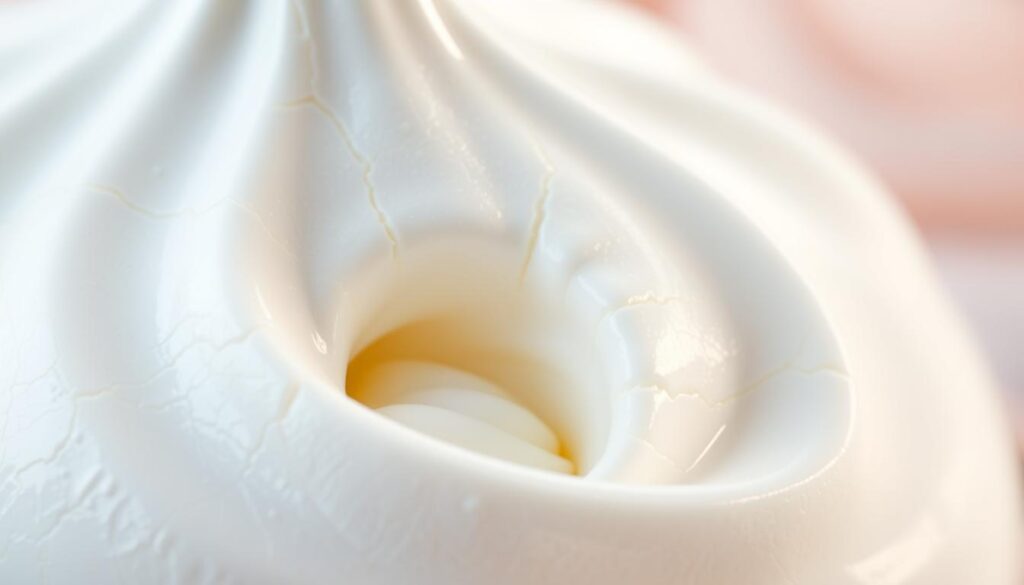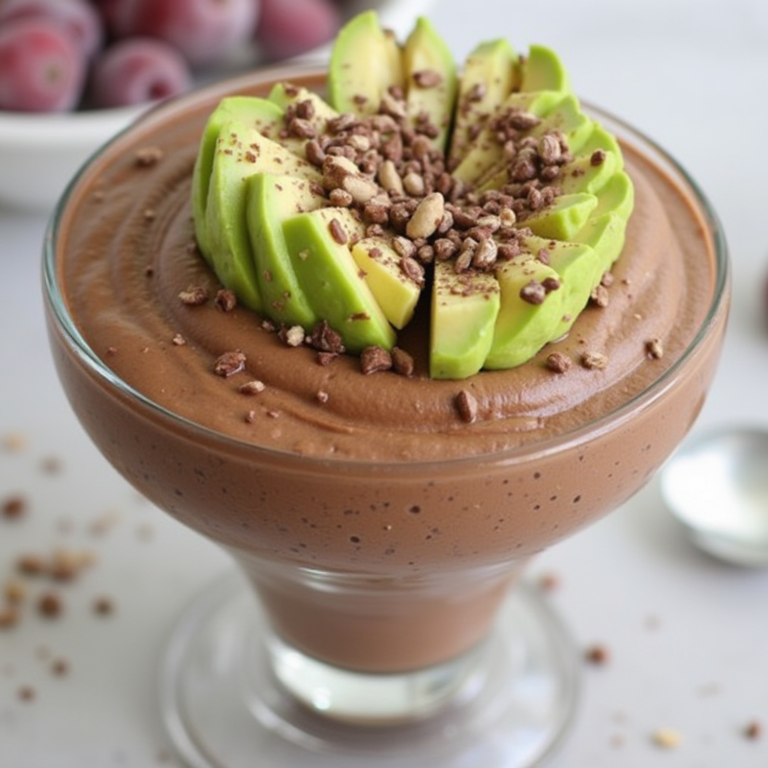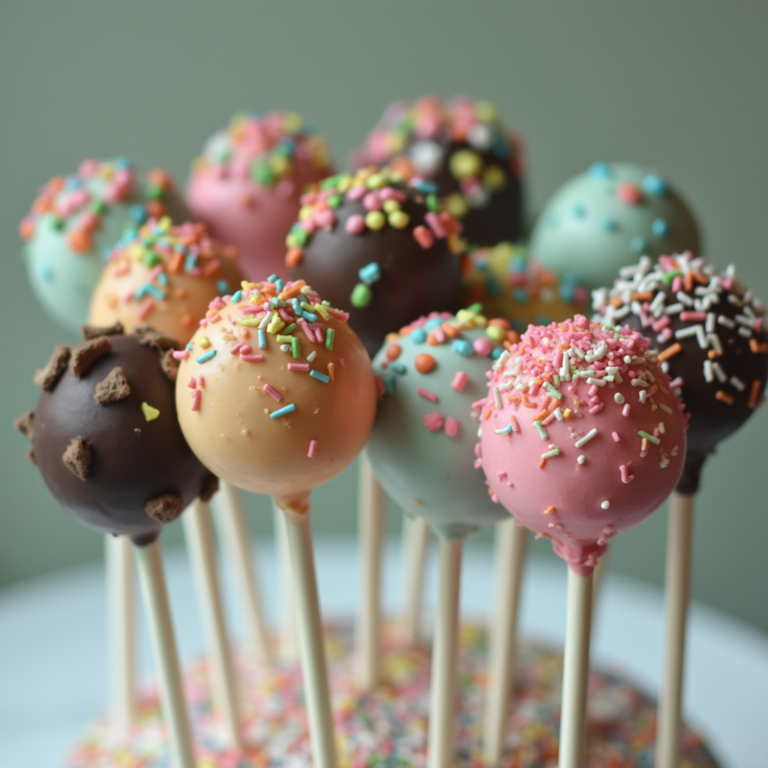Mary Berry Pavlova Recipe – A Classic, Light & Delicious Dessert

Table of Contents
Try Mary Berry’s famous Pavlova recipe for a dessert that’s both elegant and delicious. It has a crunchy meringue base, a soft whipped cream topping, and fresh fruits. This British classic is known for its light texture and is a great choice for any special event.
Key Takeaways
- Mary Berry’s Pavlova recipe is a classic British dessert with a crisp meringue base, whipped cream, and fresh fruit.
- The recipe is renowned for its light and airy texture, making it a perfect choice for special occasions.
- The Pavlova showcases the best of seasonal fruits, creating a delightful balance of flavors and textures.
- This dessert is a true showstopper that will impress your guests with its elegant presentation.
- The recipe is easy to follow, making it accessible for home bakers of all skill levels.
Introduction to the Perfect Pavlova
The pavlova is a delightful meringue-based dessert loved by many worldwide. It was created by the renowned British baking icon, Mary Berry. As a celebrated author and judge on Great British Bake Off, Mary Berry has inspired many to bake.
The History Behind Mary Berry’s Famous Recipe
The pavlova’s origins date back to the 1920s, created to honor Anna Pavlova, a Russian ballerina. Over time, Mary Berry added her own twist to the classic recipe. Her foolproof pavlova recipe is a favorite among home cooks.
Why This Recipe Stands Out
Mary Berry’s pavlova recipe is known for its perfect mix of crisp meringue and soft interior. Her detailed instructions help even beginners get great results. This dessert showcases Mary Berry’s baking skills with its light, cloud-like texture.
“The secret to a perfect pavlova is in the preparation of the meringue – it must be just right to achieve that crisp exterior and soft, marshmallow-like interior.” –Mary Berry, British Baking Icon
Essential Ingredients for Mary Berry Pavlova
To make the perfect Mary Berry Pavlova, you need the right ingredients. At its core are egg whites, which give the meringue its structure and lightness. Caster sugar is added to sweeten it and stabilize the mix.
Cornstarch is also included to soak up moisture and keep the meringue from falling apart. A bit of white wine vinegar and vanilla extract are added too. They boost the flavor and make the dish more balanced.
Now, let’s explore the key ingredients that make Mary Berry’s Pavlova special:
- Egg Whites: Fresh, room-temperature egg whites are crucial for a light meringue. They whip up better at this temperature.
- Caster Sugar: Known as superfine sugar, it dissolves quickly. This makes the meringue smooth and shiny, perfect with egg whites.
- Cornstarch: It absorbs moisture, preventing the meringue from getting too soft or sticky. This ensures a crisp outside and a soft inside.
- White Wine Vinegar: A small amount of vinegar helps stabilize the egg whites. This lets them whip up to their fullest potential, creating the Pavlova’s signature texture.
- Vanilla Extract: A little vanilla adds a wonderful flavor. It complements the meringue’s sweetness and pairs well with the toppings.
With these key ingredients, you’re ready to make a Mary Berry Pavlova that looks great and tastes amazing.
Kitchen Tools and Equipment Needed
To make Mary Berry’s famous pavlova, you need the right baking tools. The recipe might look hard, but the right tools make it easy and fun.
Must-Have Baking Tools
- A stand mixer or hand mixer to whip the egg whites to stiff peaks
- A baking sheet or parchment-lined baking tray to shape and bake the meringue
- A spatula to gently transfer the meringue and assemble the final pavlova
- Parchment paper to line the baking sheet for easy release
- A piping bag and tip (optional) for decorative meringue shells
Optional Equipment for Professional Results
While the basic tools are enough for a great pavlova, extra equipment can make it even better:
- A food processor or high-powered blender to finely grind sugar for the meringue
- A stand mixer fitted with a whisk attachment for effortless whipping of egg whites
- A turntable or lazy susan to easily shape and decorate the pavlova
- A pallet knife or offset spatula for smoothing the meringue surface
With the right tools, you’ll make a stunning Mary Berry pavlova. It will wow your guests.
Tips for Perfect Egg Whites
Getting egg whites light and airy is key for a great Mary Berry Pavlova. Follow these tips to make your meringue base a hit.
Begin with room temperature eggs. Letting eggs warm up before separating helps them whip better. Be careful when separating whites from yolks. Any yolk can stop the whites from getting stiff.
Make sure your bowl and beaters are clean and grease-free. A little fat can stop egg whites from whipping right. Clean your tools with lemon juice or vinegar to remove any oil.
Add a bit of cream of tartar when you start whipping. This acid helps the egg whites hold their shape better, leading to stiff peaks.
| Egg White Stage | Visual Cues |
|---|---|
| Soft Peaks | Whites are thick and billowy, with tips that curl downward when the beater is lifted. |
| Stiff Peaks | Whites are very thick and glossy, with sharp, upright peaks that hold their shape when the beater is lifted. |
By following these tips, you’ll make a perfect meringue base for your Mary Berry Pavlova.
Step-by-Step Meringue Preparation
Making the perfect pavlova begins with mastering meringue making. It involves adding sugar gradually, achieving a glossy sheen, and getting stiff peaks. Each step is key. Let’s explore the techniques to bake a pavlova like a pro.
Beating and Mixing Techniques
Start by carefully separating your egg whites, making sure no yolk gets in. Use a clean, grease-free bowl and whisk. Beat the whites at a medium speed first.
As it thickens, increase the speed and add sugar slowly. Keep whipping until the meringue is stiff and glossy. This means the sugar is fully mixed in.
Visual Cues for Perfect Peaks
It’s important to watch the meringue’s consistency. Look for stiff peaks and a glossy meringue. When peaks stand upright without falling, you’re there.
Don’t overbeat, as it can make the meringue dry and crumbly. After reaching the right consistency, gently add any extra ingredients. This way, you keep the air pockets in.
With these steps, you’re ready to make a pavlova that will wow everyone.
Baking Temperature and Timing Guide
Getting the perfect Pavlova is all about the low and slow baking. Mary Berry’s recipe uses a gentle oven and the right rack spot. This ensures a crisp outside and a soft, marshmallowy inside.
Start by heating your oven to 250°F (120°C). Place the rack in the oven’s center. This gives the Pavlova room to rise and bake evenly. The slow baking is key for the right meringue texture.
- Bake the Pavlova for about 1 hour and 15 minutes. It should be lightly golden on the outside and still soft in the middle.
- After baking, turn off the oven but keep the Pavlova inside. Let it cool slowly for at least 1 hour. This step is crucial for setting the meringue and preventing it from falling.
- Once it has cooled a bit, move the Pavlova to a wire rack. Let it cool completely before adding toppings and serving.
The secret to a great Pavlova is in the oven’s position, temperature, and cooling. Follow these steps for a perfect Pavlova every time.
| Oven Temperature | Baking Time | Cooling Time |
|---|---|---|
| 250°F (120°C) | 1 hour 15 minutes | 1 hour in oven, then transfer to wire rack |

“The secret to a successful Pavlova lies in the low and slow baking process. This allows the meringue to develop the perfect crisp exterior and soft, marshmallowy interior.”
Creating the Perfect Pavlova Shape
Mastering the art of shaping a pavlova is key to achieving that iconic, show-stopping dessert. The perfect pavlova should have a circular base, swirled edges, and rustic peaks. It should also have a visually captivating smooth dome that entices the eye and the palate.
Piping Techniques
For a truly professional-looking pavlova, consider piping the meringue rather than simply spreading it. This allows you to create intricate, sculptural designs that elevate the dessert’s appearance. Start by piping a sturdy circular base using a large round piping tip. Then, work your way up the sides, piping swirls and peaks to build up the rustic yet smooth profile.
Surface Texturing Methods
- For a swirled effect, use a spoon or spatula to create gentle, flowing patterns across the surface of the meringue.
- To achieve a more rustic look, lightly drag a fork across the top, creating subtle ridges and peaks.
- Alternatively, use a piping bag with a serrated edge to pipe intricate circular designs for a truly eye-catching presentation.
“The perfect pavlova is all about creating a balance between a smooth dome and rustic textural elements. It’s the interplay of these contrasting features that makes for a truly showstopping dessert.”
With a little practice and the right techniques, you can craft a pavlova that is both visually stunning and a delight to the senses. Experiment with different piping and texturing methods to find the style that best suits your culinary vision.
Whipped Cream and Topping Preparations
To make your Mary Berry Pavlova even better, add a whipped cream topping. This topping is light and airy, matching the sweet meringue perfectly. Let’s learn how to make the perfect whipped cream for your pavlova.
Mastering Whipped Cream
For the best whipped cream, use heavy cream. It’s richer and more stable than regular cream. Chill your mixing bowl and beaters in the fridge for 30 minutes before starting.
When beating the cream, add a bit of vanilla extract and sugar. But don’t overbeat, or it will turn into butter. Stop when it’s soft and fluffy.
Stabilized Whipped Cream
To keep your whipped cream fresh, stabilize it. Mix in a tablespoon of mascarpone cheese or a bit of powdered gelatin. This stops the cream from melting or losing shape.
| Ingredient | Quantity | Purpose |
|---|---|---|
| Heavy cream | 1 cup | Main component of the whipped cream |
| Vanilla extract | 1 teaspoon | Enhances the flavor of the whipped cream |
| Granulated sugar | 1 tablespoon | Sweetens the whipped cream |
| Mascarpone cheese | 1 tablespoon | Stabilizes the whipped cream |
Now that your stabilized whipped cream is ready, top your pavlova. Add fresh fruit, compotes, or other tasty toppings for a stunning dessert.
Fruit Selection and Arrangement
The final touch to your Mary Berry Pavlova is the selection and arrangement of fresh, seasonal fruits. You can choose from vibrant berries to juicy tropical delights. The right fruit combinations can enhance flavors and make the dessert look stunning.
Seasonal Fruit Combinations
As the seasons change, so do the ripest and most flavorful fruits. In summer, enjoy berries like strawberries, raspberries, and blueberries. Add sliced stone fruits like peaches, nectarines, or plums for a sweet and tangy mix.
When it gets cooler, try tropical fruits like mango, pineapple, or kiwi. They add a tropical twist to your Pavlova.
Artistic Presentation Tips
To make your Pavlova look great, arrange the fruits carefully. Start with the bigger fruits as the base. Then, scatter the smaller berries around.
Adding edible flowers like rose petals or lavender can be a beautiful touch. The goal is to balance the meringue, whipped cream, and fresh fruits for a stunning presentation.
FAQ
What is the history behind Mary Berry’s Pavlova recipe?
Mary Berry, a famous British baker, has a classic Pavlova recipe. It’s a staple in British baking and loved by many. It’s known for being reliable and delicious.
Why does this Pavlova recipe stand out?
Mary Berry’s Pavlova is known for being easy to make and always turns out great. Berry’s fame and skill in baking make this dessert very popular.
What are the essential ingredients for making Mary Berry’s Pavlova?
You’ll need egg whites, caster sugar, cornstarch, white wine vinegar, and vanilla extract. Each ingredient is key to the meringue’s texture and taste.
What kitchen tools and equipment are needed to make this Pavlova?
You’ll need a stand mixer, baking sheet, parchment paper, and spatula. A piping bag can also help with meringue shapes.
How do you achieve perfect egg whites for the meringue?
Use room-temperature eggs and a clean bowl. Know the stages of egg whites, from soft to stiff peaks, for the best results.
What are the key steps for preparing the meringue mixture?
Add sugar slowly while beating the egg whites. Aim for a glossy, stiff peak. Then, fold in cornstarch or vinegar carefully.
What is the optimal baking temperature and timing for the Pavlova?
Bake at 250°F (120°C) for about 1 hour and 15 minutes. This slow baking makes the meringue crisp on the outside and soft inside.
How do you create the perfect Pavlova shape?
You can pipe the meringue into a circle or spread it into a dome. Try different textures for a unique look.
How do you prepare the whipped cream and toppings?
Whip the cream with vanilla and a bit of mascarpone for stability. Top with fruits, compotes, or chocolate for flavor and looks.
How do you select and arrange the fruits for the Pavlova?
Pick a mix of seasonal fruits like berries, tropical, or stone fruits. Arrange them on the cream for a stunning dessert.
For more ideas about cakes , click here






